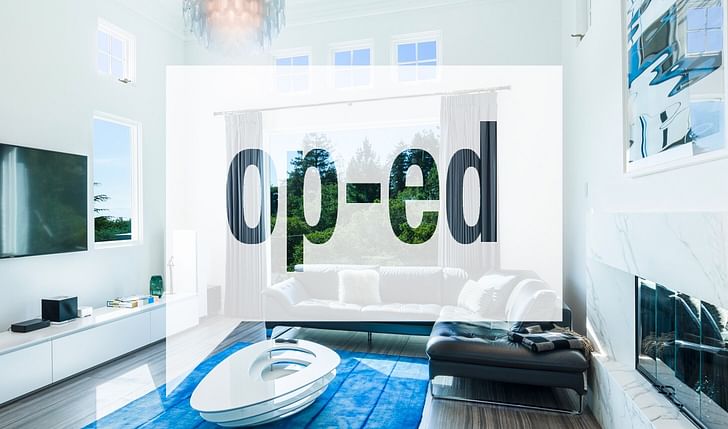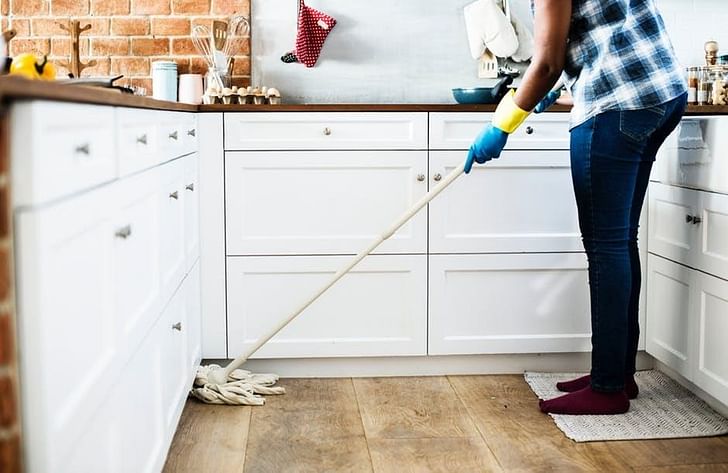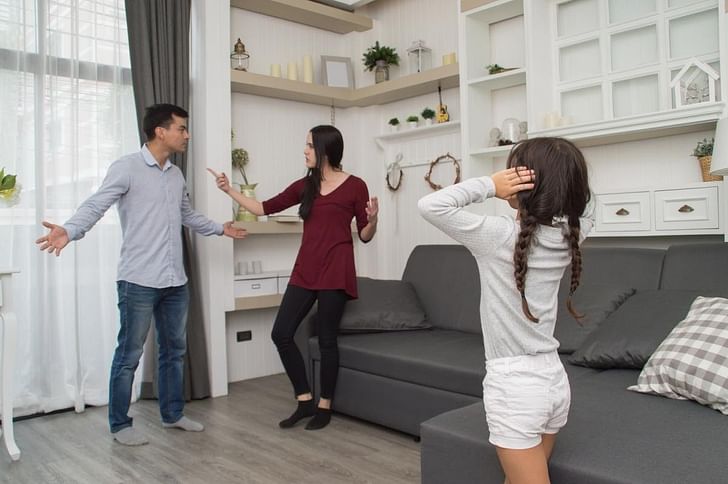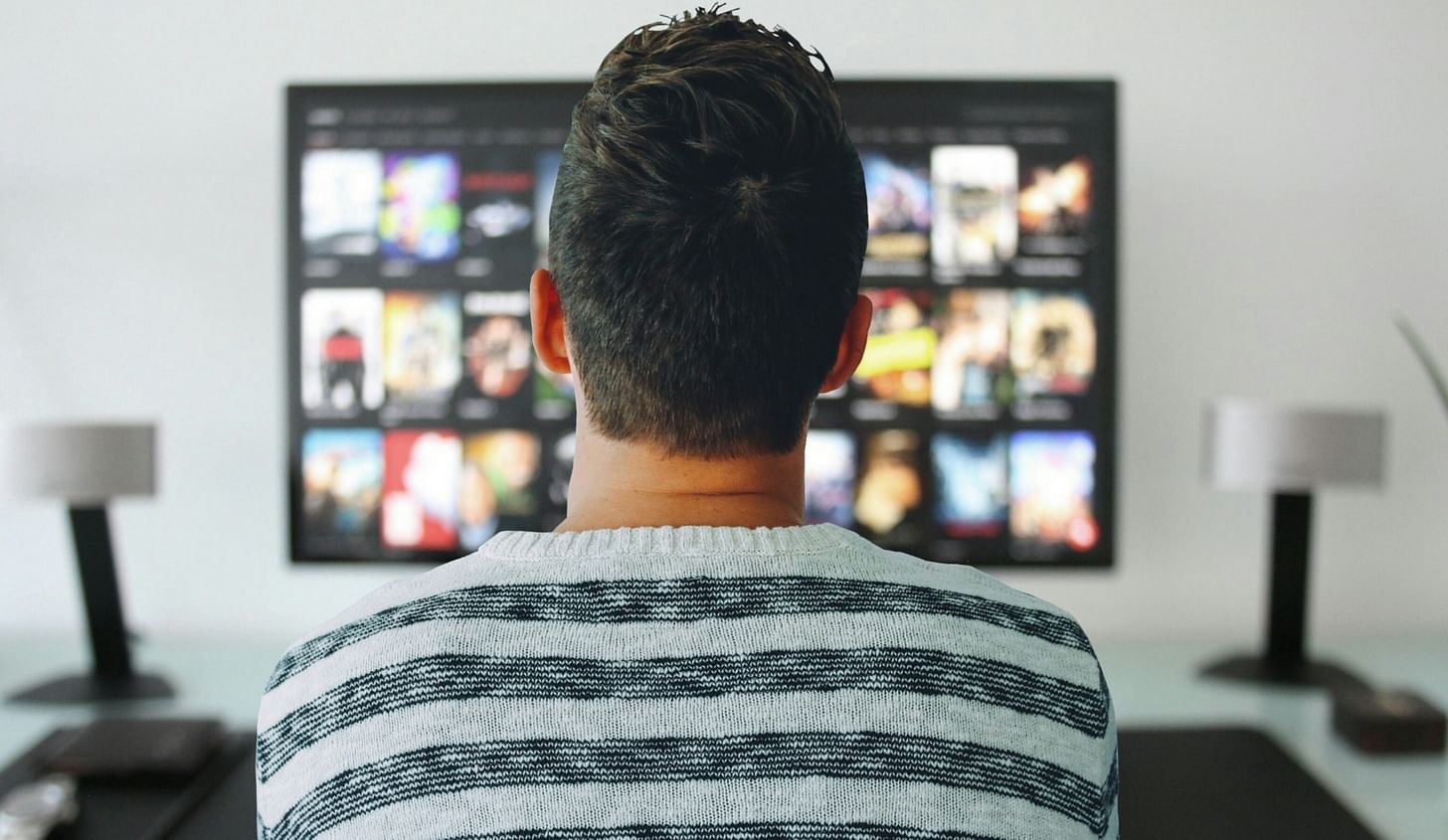

The nature of many of our professions to conduct business and service in close proximity demands us to be confined to our homes and neighborhoods for indefinite period of time resulting in “self-isolation” or “quarantine.” What does this mean to design of homes? How will it upend the traditional meaning of our homes? What are the major social factors that will influence the homes of the future? These are some questions that will have to be addressed by architectural, interior, and landscape designers in the future. For one, our traditional view of home has indeed altered.
Although it’s been only a few weeks since the enforcement of formal lock-downs in American cities to stem the spread of the novel Coronavirus disease (COVID-19), it’s hard to know how long this new lifestyle will last or whether it alters our way of life for good. In this context, “social distancing” has become the new norm. According to the U.S. Centers for Disease Control and Prevention (CDC), this means avoiding crowded places and maintaining approximately a six foot distance from other people. This new measure has already impacted our behaviors in everyday life. The closure of large scale events such as concerts and political gatherings, as well as buildings that involve high social densities such as workplaces, places of worship, schools, and restaurants, are a direct impact of this measure.
A recent article in The New York Times maps workers who face the greatest COVID-19 risks based on two factors: exposure to diseases and physical proximity. Dentists, barbers and paramedics exhibited high physical proximity, while other professional such as lawyers and loggers were the most distant. The nature of many of our professions to conduct business and service in close proximity demands us to be confined to our homes and neighborhoods for indefinite period of time resulting in “self-isolation” or “quarantine.” What does this mean to design of homes? How will it upend the traditional meaning of our homes? What are the major social factors that will influence the homes of the future? These are some questions that will have to be addressed by architectural, interior, and landscape designers in the future. For one, our traditional view of home has indeed altered.
As human beings, we already spend over 90% of our time indoors. The application of social distancing now confines us to even more specific spaces such as our homes and immediate neighborhoods. Carol Despres, an environment behavior researcher observes that traditionally homes provide us with several behavioral affordances such as security and control, development of relationship with family and friends, reflection of oneself, a place of refuge, a signifier of personal status, and a place of ownership. Similarly another researcher, Kim Dovey provides a substantive distinction between house (as an object) and home (as a relationship between the dwellers and dwelling). The latter will absorb most stresses in our immediate future.
besides home (our “first place”) and workplace (our “second place”) there is virtue in “third places” such as churches, cafes, clubs, public libraries, bookstores or parks. With the current situation calling for self-isolation at our homes, will the notion of these places collapse onto each other?
Ray Oldenburg in his book The Great Good Place observed that besides home (our “first place”) and workplace (our “second place”) there is virtue in “third places” such as churches, cafes, clubs, public libraries, bookstores or parks. With the current situation calling for self-isolation at our homes, will the notion of these places collapse onto each other? In this context, the quick embrace of remote technology is making a difference. Some years ago I had written a paper titled Places in the Virtual-Physical Continuum where I proposed that places are characterized not only by physical features (furniture, window placement) and their corresponding behaviors (eating, sitting, walking), but also virtual behaviors (internet browsing, checking e-mails, tele-conferencing etc.). In speculating about authenticity of such virtual behaviors, some phenomenologists, such as Sherry Turkle, argue that in virtual environments, people are merely "pretending" to be in a "real" place while they sit at their computer screens, much like people pretend to be at a "real" French café when dining in Disneyland. However, Lori Kendall who has written extensively about online communities counter-argues that much like physical locations, virtual behaviors allow for near instantaneous response from physically distant others, and can provide a particularly vivid sense of place. She notes that while engaged in a virtual behavior, there is still a physical environment in which the body resides and hence the potential of two experiential worlds to co-exist simultaneously.
While we continue to conduct our regular “home” behaviors, our homes are also becoming electronic hubs of teleconferencing and social media interaction, with popular apps such as Zoom, Microsoft Teams, WebEx, WhatsApp, Instagram, Netflix, and Facebook to name a few.
The advent of COVID-19 and its subsequent effects on our behaviors is indeed blurring these distinctions. While we continue to conduct our regular “home” behaviors, our homes are also becoming electronic hubs of teleconferencing and social media interaction, with popular apps such as Zoom, Microsoft Teams, WebEx, WhatsApp, Instagram, Netflix, and Facebook to name a few. These electronic tools are expanding our behaviors to afford multi-functional activities which is blending our professional work, education, family life, healthcare, politics and faith. Some of the accommodations that we are already making at our homes include home-schooling, remote work, teleworship, telemedicine, home Yoga, movie watching, virtual parties, and home cooking to name a few. Our living rooms are becoming extended workplaces, and our altered food consuming habits are making the kitchen an extended family space.
These behavior changes might be well-served when seen through studies of the past, particularly conducted by sociologists and environmental psychologists in the 1960’s and 1970’s through a still-emerging discipline called environment and behavior. Irvin Altman and Robert Sommer, for example, studied human behavior relating to social distancing, privacy, personal space, and territoriality. These studies indicate how human beings create territorial defenses, even in mundane practices such as in defending a table in a cafeteria, or guarding an adjacent empty seat on a bus. Some of the social experiments conducted during this time revealed that increased distances reduced acquaintance, friendliness and talkativeness. It also revealed that an increase in eye contact counteracted these effects. Factors such as personality differences also played a part, with introverts preferring more social distancing than extroverts. Fear of rebuke tended to increase social distance while approval-seeking reduced it.
Social distancing should also be seen in the context of other behaviors such as privacy and personal space

Social distancing should also be seen in the context of other behaviors such as privacy and personal space. Privacy is the virtue through which people regulate interaction with others by a biological need for personal space and territoriality. Personal space is an area of invisible boundary surrounding a person’s body in which intruders may not come in, while territoriality is a specific zone characterized by physical markers or verbal signs. In the current context, the “push” for social distancing at our homes is creating a “pull” effect at our homes, altering the degrees of personal space and territoriality. Designer Christopher Alexander in his seminal book on pattern language, pointed out the need for an “intimacy gradient,” which suggests that as one goes deeper into a house, one finds rooms that provide increasing levels of intimacy, and decreasing level of publicness. While at home, our intimacy levels are much more forgiving, but violations of privacy can be a source of stress even within a close-knit family. It should also be noted that, in these times, there is also a dark side to such home density. According to media reports, of the 20 large Metropolitan cities, double-digit jumps were observed in 9 departments in domestic violence cases compared to previous months. Victims become inadvertently stuck in close proximity with abusers unable to reach out for safety.
While discussing behaviors, one needs to be cautious in overgeneralization, because it omits other variables such as cultural behavior. In his pioneering book House, Form and Culture, Amos Rapaport suggests that environment is shaped by cultural templates, and that cultural codes ( people beliefs, attitudes, roles and activities) need to be decoded in order to understand our built environment. Hence, social distancing factors will be impacted with the type of culture one belongs to. For instance, eastern cultures, function in a more co-operative manner and do not mind close contact, as compared to western counterparts who thrive on personal freedoms and individualism. Similar differences could be said of our attitude of living in varying social densities, urban v/s rural lifestyles, our social etiquettes, age, gender, personality and so on.
While confined in the “inside” of our homes, our desire to interact with “outside” becomes even more immediate. In this context, two design features have consistently shown in design literature to improve our well-being: nature and daylighting.

While confined in the “inside” of our homes, our desire to interact with “outside” becomes even more immediate. In this context, two design features have consistently shown in design literature to improve our well-being: nature and daylighting. A recent report by American Society of Interior Designers have correlated aspects of nature (popularly known as biophilic design), to have an impact on health and well-being, stress reduction, cognitive performance, emotion, mood, and preference. Nature lowers blood pressure and heart rate, and correlates with 8.5 percent shorter hospital stays. Similarly, adequate exposure to daylighting has indicated improvement in circadian system functioning (sleep-wake cycle), and correlates with healthcare patients requesting 22 percent less pain medication.
Another important but perhaps unpredicted effect of COVID-19 on our daily life has been our attitude towards “touch,” not only between people, but also between people and surfaces. With the recent media blitz on infection control, we are constantly revisiting our sense of washable surfaces in terms of wet mopping, cleaning and hosing. A study published in the New England Journal of Medicine suggests that coronavirus is detectable for up to four hours on copper, up to 24 hours on cardboard and up to two to three days on plastic and stainless steel. These findings point out that we will have a renewed sense of materials in terms of hygiene and touch.

While the preceding discussion has largely focused on our own traditional forms of home, what would be the impact of social distancing in non-traditional housing types? According to Sherry Ahrentzen, from the University of Florida’s Shimberg Center for Housing Studies, some examples of non-traditional housing include transitional shelter for teenage mothers (homes which share a lounge/kitchen), co-housing (homes consisting of shared dining areas, children’s play spaces, neighborhood societies), shared housing (2 or more families living in one unit with shared facilities) and hybrid housing (where residences act as both business and residence). In these facilities, boundaries between private and public spaces are challenged. In addition, what becomes of facilities such as homeless shelters where social stigma is prevalent ? It seems that social distancing will alter our attitudes towards these places even further. These are some challenges designers and policy-makers will have to address in the short and long term.
As environmental psychologists Powell Lawton and Lucille Namehow point out, “the more vulnerable we are, the more environment affects us.” This means that vulnerable population such as older adults, the sick, children, and persons with physical/mental disabilities will be most affected by the environments we create and live. In the context of COVID-19, these populations might be at most risk in terms of exposure to sickness, infection control, and everyday functioning. Hence, Anne Vernez Moudon’s description of “resiliency” becomes critical. Resiliency is the ability of a place to adapt to changing social structures without major disruption to the principles of structure. We need resiliency to counteract the effects of social distancing that will continue to disrupt our traditional ways of living in our homes. In the design of such homes, we might look beyond brick and mortar, by enhancing our resiliency in the form of self- sufficiency (cooking our own meals, growing our own food), tolerance and flexibility to traditional household roles (who cooks?, who gardens?), increased awareness of each other’s personal space and territoriality, creative use of technology in interacting with others, celebrating life’s little family moments, and a renewed sense that we are all connected, for better or for worse.
PS: An abbreviated version of this article will be featured in Florida International University News Web Forum.
Newton D’souza is Associate Professor and Chair at the Department of Interior Architecture, Florida International University, Miami. He has previously served as Director of Graduate Studies at the Department of Architectural Studies, University of Missouri, Columbia. He has published ...
3 Comments
Stairs and doors are wonderful things.
What a word salad. Pass the creamy French dressing, please.
I’m sorry if the article didn’t get through because of research jargons. Here is a link to a simpler abbreviated version written fir a non-design audience.
https://news.fiu.edu/2020/home-design-in-the-age-of-social-distancing
Block this user
Are you sure you want to block this user and hide all related comments throughout the site?
Archinect
This is your first comment on Archinect. Your comment will be visible once approved.